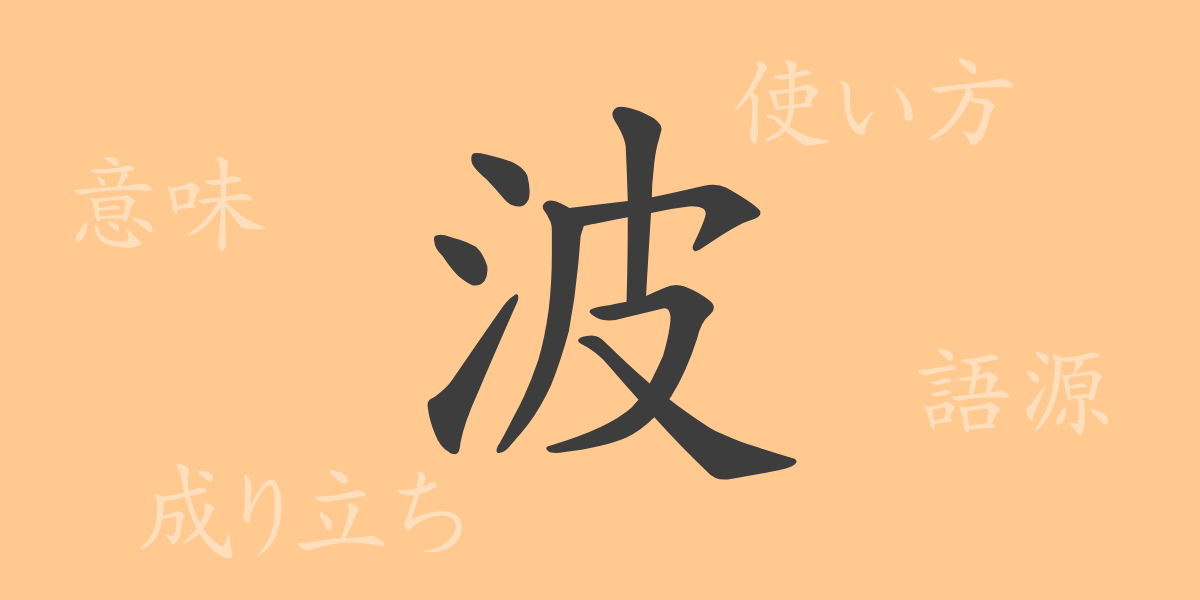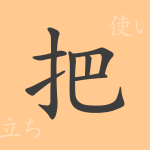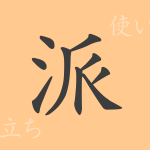In Japanese culture, which is rich in history and meaning, the kanji character plays a symbolic role. Each character carries a deep significance, and together, they form a complex tapestry of expressions that teach us about the profound nature of language. In this article, we will delve into the commonly used kanji “波” (なみ/な), exploring its origins, meanings, and usage in everyday life, allowing us to rediscover the diverse charms hidden within a single character.
Origins of 波 (なみ/な)
The kanji “波” (なみ/な), which represents waves, has evolved from ancient Chinese characters that depicted the movement of water. Originally illustrating the continuous motion caused by wind on water surfaces, it has over time come to encompass various meanings and plays a significant role in Japanese language.
Meanings and Usage of 波
“波” (なみ/な) primarily describes the undulations on a water surface caused by influences such as wind. However, metaphorically, it also refers to fluctuations or trends in events, such as in expressions like “感情の波” (emotional waves) or “世論の波” (waves of public opinion), illustrating the variations in emotions or public sentiment.
Readings, Stroke Count, and Radical of 波
The kanji “波” (なみ/な) has several readings and features in Japanese:
- Readings: On’yomi (Sino-Japanese reading) is “ハ”, and Kun’yomi (native Japanese reading) is “なみ”
- Stroke Count: 8 strokes
- Radical: “水” (みず, さんずい) which pertains to water
Idioms, Phrases, and Proverbs Using 波
The character “波” (なみ/な) is used in a wide array of idioms, phrases, and proverbs, reflecting its versatility in Japanese. For instance, “波風を立てる” (literally ‘raise waves and wind’) means to cause trouble or controversy. “波乱万丈” (a life full of ups and downs) describes a life filled with numerous challenges and incidents. Another expression, “波立つ心” (a heart that ripples), depicts a state of unrest or unease in one’s emotions.
Summary on 波
The kanji “波” (なみ/な) not only represents natural phenomena but also symbolizes the movements within our emotions and societal dynamics. Its application varies with context, sometimes being used in poetic expressions, showcasing its rich expressive potential. Through this exploration, we have glimpsed the multifaceted nature and profound meanings embedded in “波”, enriching our understanding and appreciation of Japanese language and culture.

























